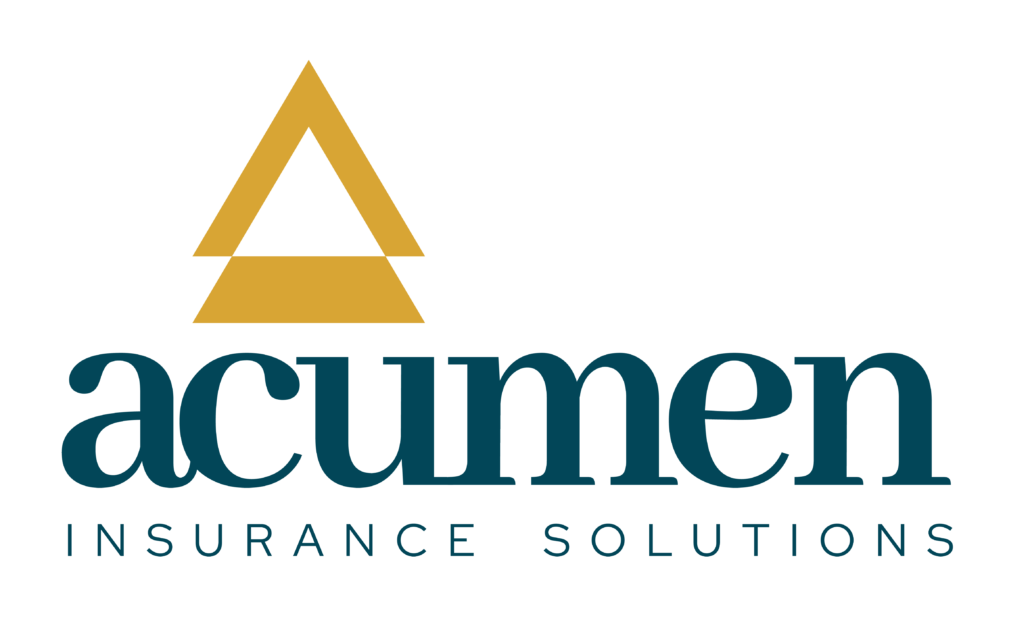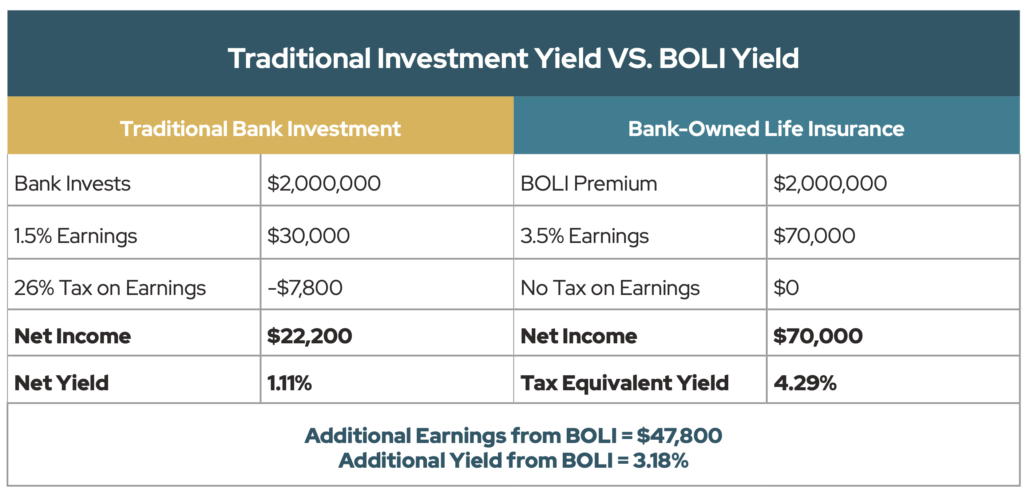Can I Change My Life Insurance?
Secret’s out—life insurance is not a one-and-done deal. Contrary to popular belief, you can change your life insurance policy and your coverage amount throughout your life as your situation inevitably changes.
But why would you want to change your life insurance in the first place? What elements can you change?
Let’s discuss.
Why Would I Change My Life Insurance?
There are many reasons why one might decide to change their life insurance coverage. Some policyholders might modify their life insurance to:
- Reduce their premiums to an affordable amount
- Find a policy with features better suited to meet their current needs
- Update the amount of coverage
Additionally, there are various life events that might trigger changing one’s life insurance policy. These changes include, but are not limited to:
Changes in Career
This might include a career change, business ownership change, or the decision to launch a new company.
Changes in Family Circumstances
Marriage, divorce, the arrival of new children or grandchildren, a family member’s death, and the need to care for one’s aging parents, are all reasons why one’s life insurance policy might need to be revisited.
Changes in Health
A policyholder might want to change their life insurance if the insured experiences a significant change in health, either positive or negative, or has a greater need for other features like living benefits.
Policy or Industry Changes
There can also be policy or industry changes that might prompt one to change their life insurance, such as updated mortality tables, and new product features and benefits. In addition, changes to tax laws – especially inheritance taxes – can increase or decrease the need for life insurance.

What Can I Change About My Life Insurance?
So, we’ve addressed the fact that life insurance can be changed — but what about it can be changed?
As the policyholder, you are in control of the choices you make regarding your life insurance policy, whether it’s your life or someone else’s that is insured. This might include:
- Buying additional life insurance coverage
- Amending your life insurance policy with your current carrier
- Canceling or selling your insurance policy and finding a policy better suited to your current needs
- Withdrawing money from your plan
There are many reasons to both change, and not change, your existing policies. Some of these reasons include:
Reasons to Keep My Life Insurance
- Competitive rates of return on dollars invested
- Tax-favored characteristics and benefits
- Preservation of favorable health status
- Changes in tax laws
- Wait out surrender charge periods
- Explore life settlement options
Reasons to Change My Life Insurance
- Rising premiums
- Outdated features and benefits
- Unfavorable contract guarantees
- Policy type is no longer aligned with current risk or need profile
- Carrier quality concerns
- Lack of underwriting upgrade programs
The bottom line? Life changes, and as it seems, life insurance policies are actually created with this fact in mind. The life insurance plan you structured 10 years ago isn’t irrevocable.
The Importance of Auditing Your Life Insurance Policy
Life insurance policy audits should be a part of your routine checklist. This includes taking a look at your existing policy’s premiums, death benefit, and guarantees as well as its current cash and surrender value.
But why do you need to audit existing plans? Improving an existing life insurance policy can mean:
- Reducing risk;
- Improving yields on premium dollars invested; and,
- Achieving peace of mind knowing that your affairs are in order.
Part of our job at Acumen Insurance Solutions is to routinely audit our clients’ life insurance policies to ensure coverage continues to meet client needs. Get in touch today and read on to learn more about the importance of auditing your existing life insurance plan.
*Disclaimer: Life insurance policies are based on the claims-paying ability of the underlying insurance carrier and are not FDIC-insured. Pricing can be based on many factors, including the insured’s age, gender, health, and state of issue. Please refer to a current policy illustration for details.






